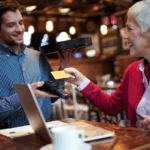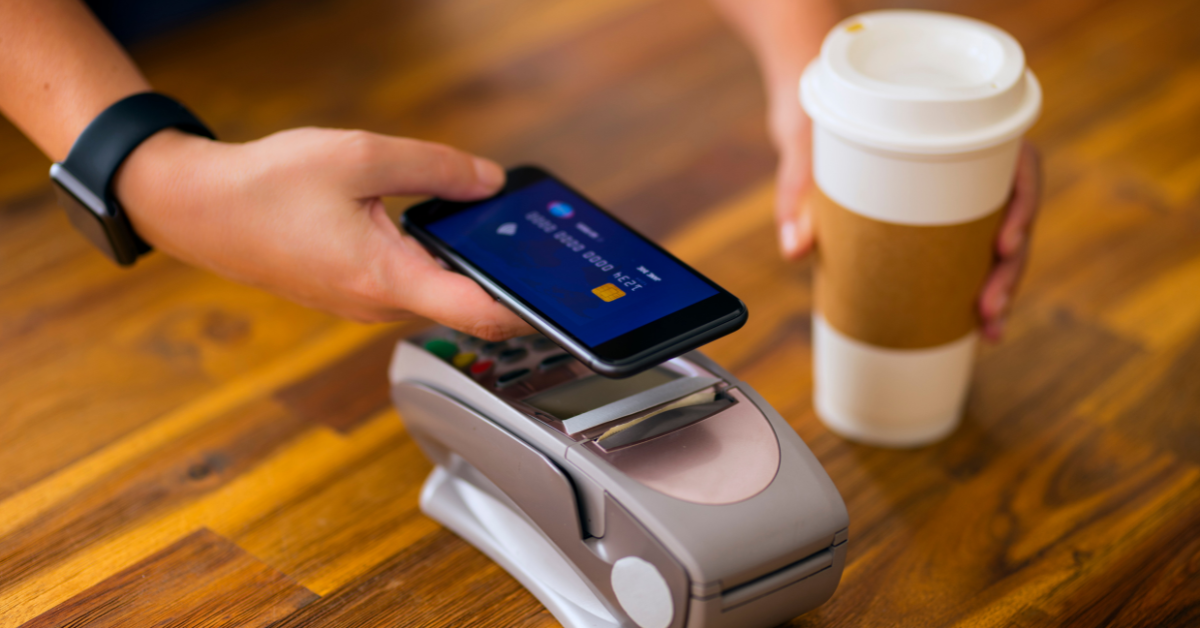While many aspects of society are slowly returning to pre-pandemic behavior, other innovations – including contactless payments – are here to stay.
Necessity may be the mother of invention as the rise of contactless payments grew from fears related to hygiene and COVID-19. But consumers have shown that they prefer contactless payments for various reasons beyond simple health concerns.
Consider these statistics:
- Last year, more than 80 percent of US consumers reported using contactless payment methods.
- More than 175 million contactless cards were already in circulation as of mid-2020.
- Most small businesses with physical locations accept contactless payments (92 percent).
- In a recent survey, merchants also prefer contactless methods, with 81 percent planning to have contactless payments as a permanent option.
How Do Contactless Payments Work?
At the most basic level, contactless payments allow the consumer to securely pay via a debit card, credit card, smartcard, or mobile device through the use of RFID technology and near-field communication.
For consumers using a contactless credit or debit card, transactions typically take the form of “Tap to Pay” where the user simply taps the card on a device at the register. Mobile apps and wallets require users to download an application and link to a credit or debit card. Users bring their smartphones into proximity to the card reader to complete the transaction.
Advantages of Contactless Payments
Customers cite convenience and speed as top reasons for the growing preference for contactless payment methods. Hygiene also remains a customer concern, with many consumers seeing contactless payments as a cleaner option.
Contactless payments offer the following benefits:
Easy to use: Customers enjoy how easy it is to pay for items with contactless methods. Without having to stop and enter a PIN, consumers find that lines move quicker at restaurants, stores, and other outlets.
Safety: When consumers rely less on cash, the transfer of germs declines for both the business and the purchaser. Beyond sanitary concerns, contactless payments are safer from a fraud perspective because they rely on credit cards with chips or mobile wallets – reducing the information transmitted by a magnetic strip.
Flexibility: Customers have preferences for how they pay. When those options are not available, customers may choose not to purchase. Businesses that take contactless payments benefit from providing the flexibility of options for their customers.
Because of these benefits, businesses that offer contactless payments improve the overall customer experience.
Contact Us Today
Celero can help merchants understand the contactless payment options available. Contactless payment options can improve customer satisfaction with the purchasing experience. Contact us today to learn more about our solutions designed for merchants!







